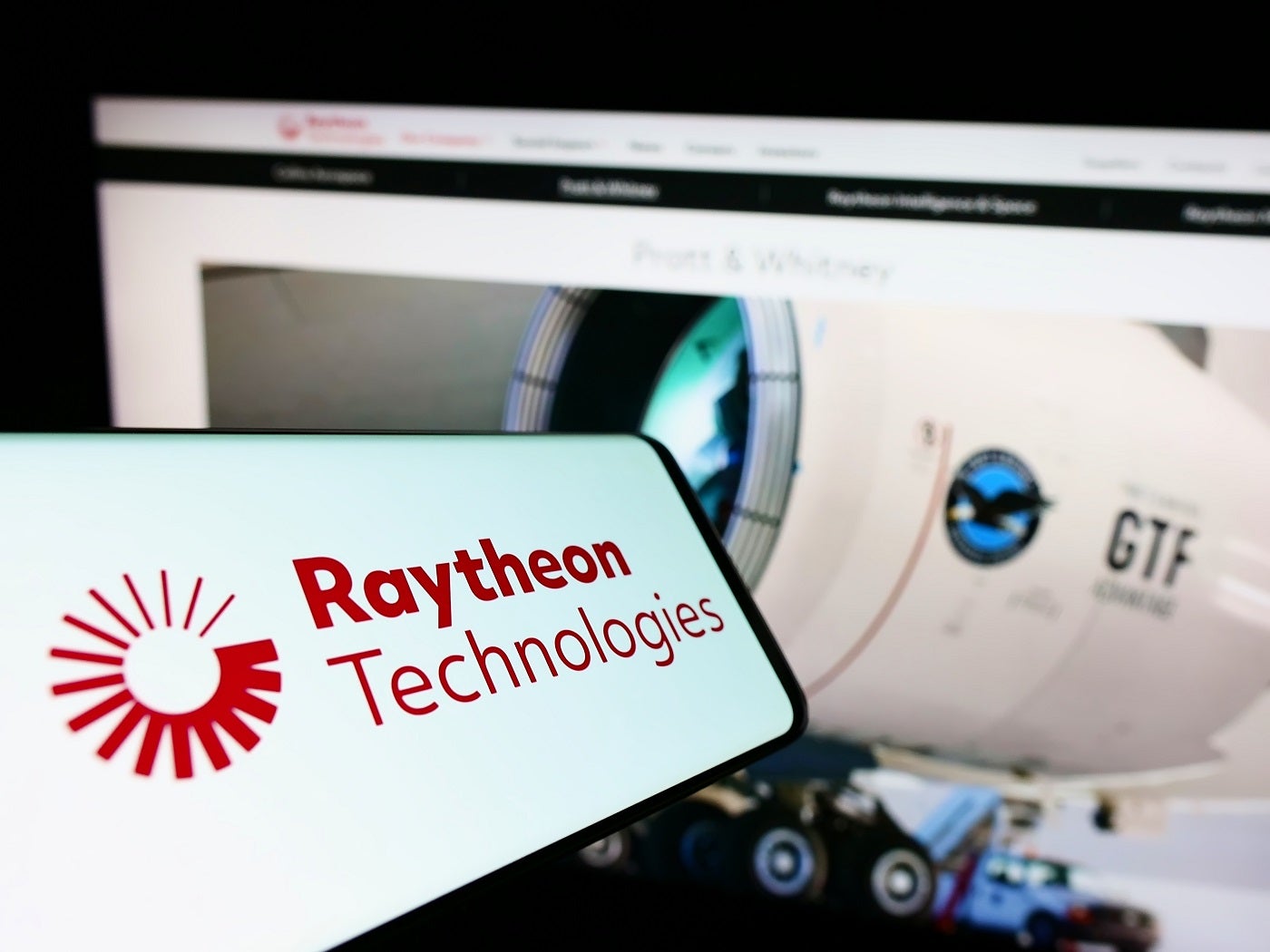
The new Raytheon platform-agnostic capability, RAIVEN, can identify objects optically and spectrally in real time.
The system uses artificial intelligence, hyperspectral imaging, and light detection and ranging (LiDAR) to enable operators to see up to five times farther and more precisely than traditional optical imaging.
RAIVEN’s intelligent-sensing capability pairs with AI to synthesize reams of data into a detailed picture of the battlespace and its threats. The AI automatically detects and identifies threats, delivering a level of automation for the operator to choose what decisions must be made, providing a capability while reducing the operator’s workload.
The new platform is a modular, open system that builds upon Raytheon Technologies’ Multi-Spectral Targeting System family of sensors.
The first version of RAIVEN, RT-1000, can support various missions, including the US Army’s future vertical lift modernization effort, with the first flight test being conducted in 2024. Work for this program is being done in McKinney, Texas.
According to GlobalData’s “The Global Military Electro-Optical/Infrared (EO/IR) Systems Market Forecast 2022–2032“, the global military EO/IR Systems market, valued at $10.1 billion in 2022, is projected to grow at a CAGR of 3.1% over the forecast period.
It is expected to reach $13.6 billion by 2032 and cumulatively values $124.1 billion over the forecast period. The market is anticipated to be dominated by the Airborne Platform EO/IR segment, which accounts for 39.7% of the market, according to GlobalData.
“The future battlespace will consist of a myriad of threats from all directions evolving at an unprecedented pace,” said Torrey Cady, vice president of Surveillance and Targeting Systems at Raytheon Intelligence & Space. “
RAIVEN improves platform survivability and keeps the warfighter safe by providing accurate, persistent target observation and accelerated information sharing. This combination enables a decision-making process that simultaneously reduces pilot workload while accelerating engagement decisions to prosecute targets much faster than adversaries.”








